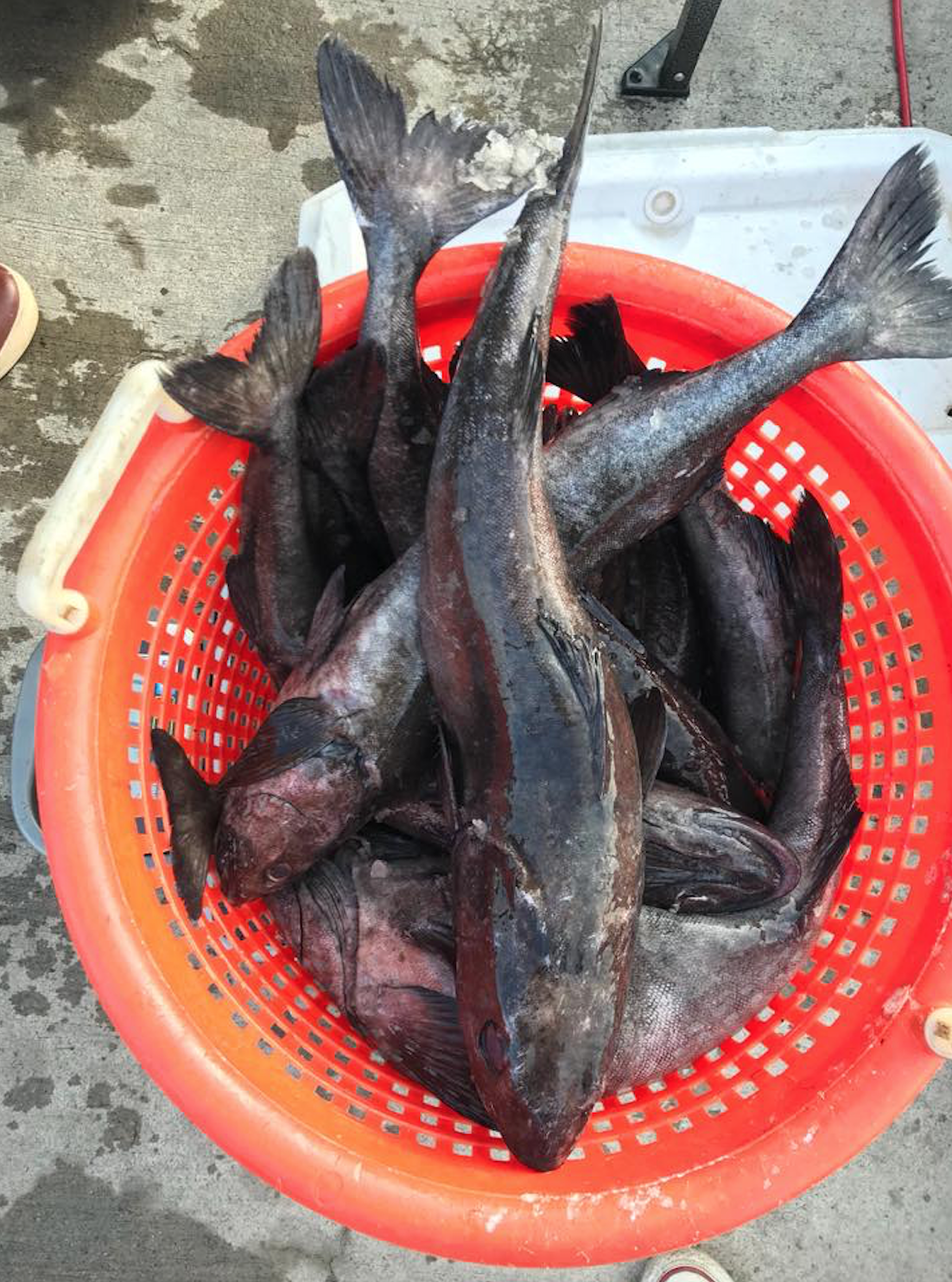The West Coast blackcod fleet began working on a catch limit of 8,791 metric tons for this year. That’s up from the 7,705 metric tons of last year. As in Alaska, the younger, smaller fish that have predominated the harvest are selling for cheaper prices in end markets.
Like many fisheries, last year’s blackcod season also suffered from the effects of the pandemic. The fleet experienced crimps in processing capacity as seafood companies followed state and local quarantining protocols, which often reduced the number of workers available to receive and cut fish. As of September, more than half of the fishermen had landed only half of their allocations, which prompted NOAA to issue an emergency order that extended the season past the traditional Oct. 31 closure and close the fishery on Dec. 31.
On the processing side of the spectrum, freight rates to Japan have increased since the pandemic. That thins the profit margins for processors and distributors moving the product to end markets.
At the same time, pre-existing market dynamics remain in play: The West Coast industry has followed in the footsteps of Alaska, with strong year classes of young fish recruiting into the fishery.
“We’ve had a surge of small fish over the last couple of years,” says Keeley Kent, groundfish branch chief with NOAA, in Seattle. “That age class continues to grow.”
While the presence of young fish has been a harbinger of increasing biomass the disproportionate representation of the small fish in the harvest has driven markets downward in pricing for the various size splits.
Scott Adams, with Hallmark Fisheries, in Charleston, Ore., explains that the availability and the price point of fish under 2 pounds has diverted blackcod from restaurants to supermarkets in Japan.
“They’ve learned to use the 1-to-2s and the 2-to-3s,” he says, adding that there have been repercussions to the larger size splits. “The bigger fish will move, but they’re not selling that well.” With the recent freight rate increases and the price of electricity for cold storage holdings, profit margins on larger fish have been thinned.
On the ex-vessel end, that translates to 75 cents per pound for fish from 1 to 2 pounds, $1.25 for fish in the 2-to-3-pound range, $1.75 for 3-to-4s, $2.50 for 4-to-5s, $3.50 for 5-to-7s and $5.50 for 7-ups.







